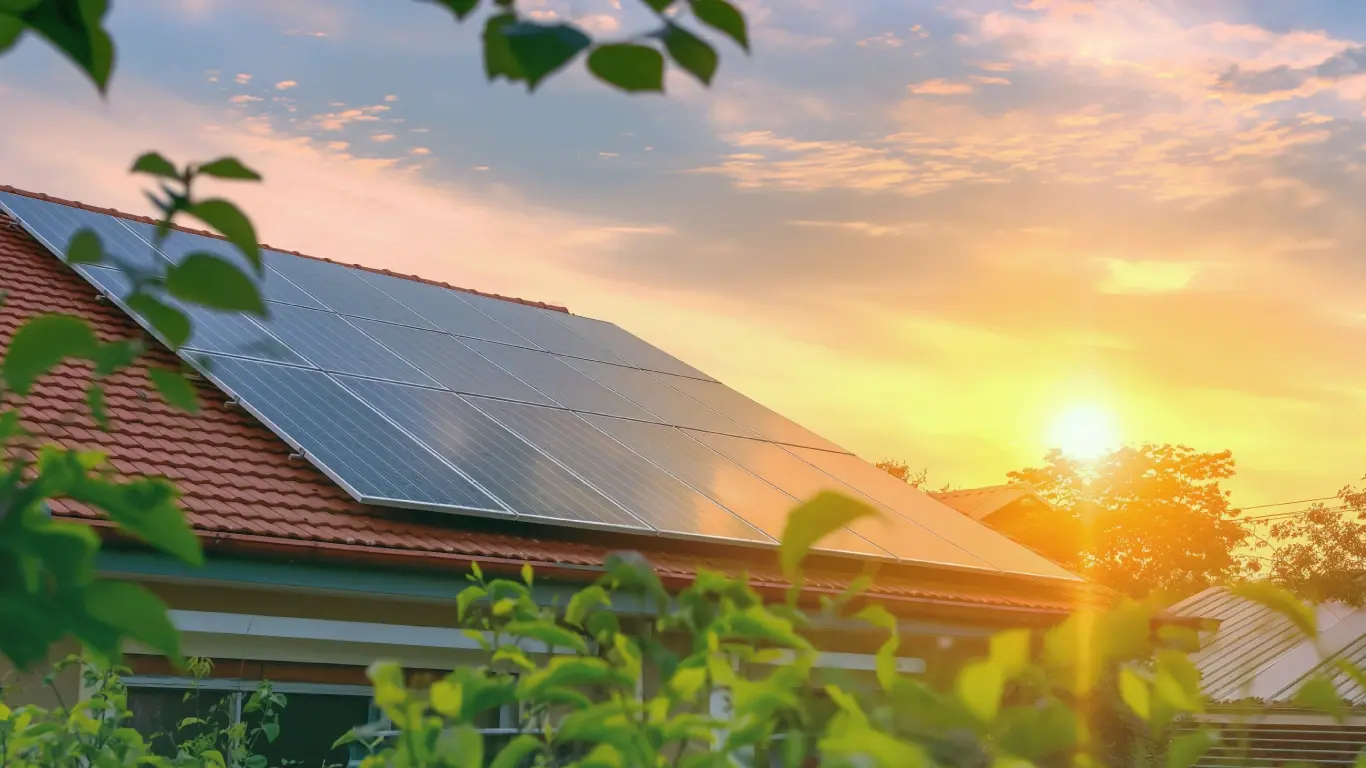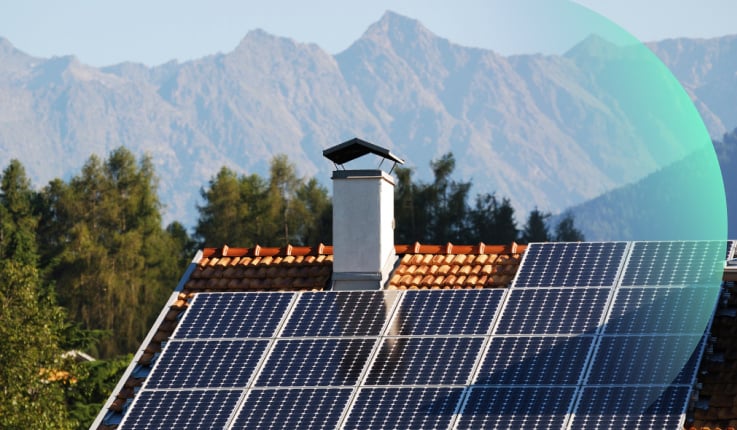21 Facts about the sun that you may not know
El Sol es una fuente inagotable de energía renovable esencial para la vida en la Tierra, proporcionando luz, calor y permitiendo la existencia de estaciones, la fotosíntesis y la vida animal.
We often underestimate the importance of the sun and its energy, so in this article, we explore 21 fascinating facts about the Sun, revealing little-known aspects and highlighting its relevance and potential as a source of energy.
-
Sun's age
The Sun is an adult star, approximately 4.6 billion years old. Its total lifetime is estimated to be between 9 and 10 million years.
-
Distance the Sun from the Earth
The Sun, the closest star to us, is about 150 million kilometers from Earth, around which the planets of the solar system orbit.
-
Duration of a "Solar Day"
The Sun, like the Earth, rotates on its axis. While the Earth completes a rotation in 24 hours, the Sundoes so in approximately 27 days, so a "solar day" lasts almost a month.
-
Composition of the Sun
The SunSunis a huge incandescent sphere composed mainly of gases: hydrogen (74%), helium (24%) and oxygen to a lesser extent. It also contains other elements such as iron (2%) and nickel.
-
Sun's temperature
The temperature at the Sun's core reaches 15 million degrees Celsius. At its surface, the temperature is about 5,982°C.
-
Sunlight time to reach Earth
The sunlighttakes about 8 minutes to reach Earth.
-
Size of the Sun
The sun has a diameter of 1,392,000 km, being approximately 109 times larger than the Earth.
-
International Day of the Sun
On June 21, coinciding with the summer solstice, International Day of the Sunis celebratedwith events and celebrations around the world.
-
Evolution of the Sun's color
Currently, the Sun is a yellow star. As it ages, it will cool and change color to orange and then to red. When the Sun"dies," it will collapse and become a white dwarf, which will occur in more than 5 billion years.
-
Energy emitted by the Sun
The Sunemits 4,000 times more energy than we consume on Earth. In one second, it transforms 4 million tons of matter into energy, and in one hour, the Earth receives enough solar radiation to cover the world's electricity consumption for one year.
-
Discovery of the conversion of solar energy into electricity
In 1839, the French physicist Edmon Becquereldiscovered the photovoltaic effect, which makes it possible to convert sunlightinto electrical energy. This discovery laid the foundation for the development of solar energyas we know it toda Maria Telkes' contributions to solar
-
The Hungarian-American researcherMariaTelkes, known as the "Queen of the Sun,"centered her career on the study of solar energy.
In 1947, he invented the first thermoelectric generatorand in 1953, designed the first solar heating systemfor the Dover Solar House (Massachusetts) and the first thermoelectric refrigerator.
-
Early uses of solar power
During the 1950s, in the context of the Cold War, the first solar panels were used in the space race between USSR and USA. These panels supplied power to the space satellites launchedin1957 and 1958, respectively.
-
Popularization of solar energy
The solar energybegan to become popular in the 1970s, when products such as solar calculatorsbegan to be marketed, bringing solar technology to the general public.
-
Usability of solar energy anywhere
Energy is globally accessible, as solar panels can be simply and inexpensively installed anywhere in the world.
-
Solar panel lifetime
A solar panelhas a lifetimeof approximately 25 years. After this time, the panels can continue to operate, albeit with reduced performance.
-
CO2 savings with solar energy
The solar energy avoids the emission of thousands of tons of CO2annually. Saccording to the European Solar Thermal Industry Federation, 1 MWh of solar powerthermal capacityinstalled saves 600 kilograms of CO2.
-
Country with the most solar plants
Chinais the world leader in solar installations, with an installed capacity of 305 GW in 2021, representing approximately 30% of the global total.
-
Solar leadership in Europe
Germany is the European country with the most solar power installations, with a cumulative capacity of 56.3 GW in 2021.
-
Annual sunshine hours in Spain
Spain, known as the country of Sunshine, has a measure of 2.500 hours of sunshine per year. With great potential for solar energy, installed solar PV capacity in Spain reached 15.04 GW in 2021, according to data from REE.
-
Spanish region with the largest solar capacity
Andalusia, with more than 3,000 hours of sunshine per year in some places, is the Spanish region with the largest number of solar installations

Switch to 100% Renewable Energy with Us
We hope you have learned more about the Sun and solar energy. At Nordy, we are committed to this renewable energy source, clean and environmentally friendly. We offer our customers solar energy 100% certified by the CNMC, without the need to install panels in your home. The more demand there is for solar energy, the greater the impetus to increase its generation.
In addition, if you already have panels in your home, you can install our solar wallet, to store the energy you don't consume. You still don't know what it is? Find out everything you need to know about it.















